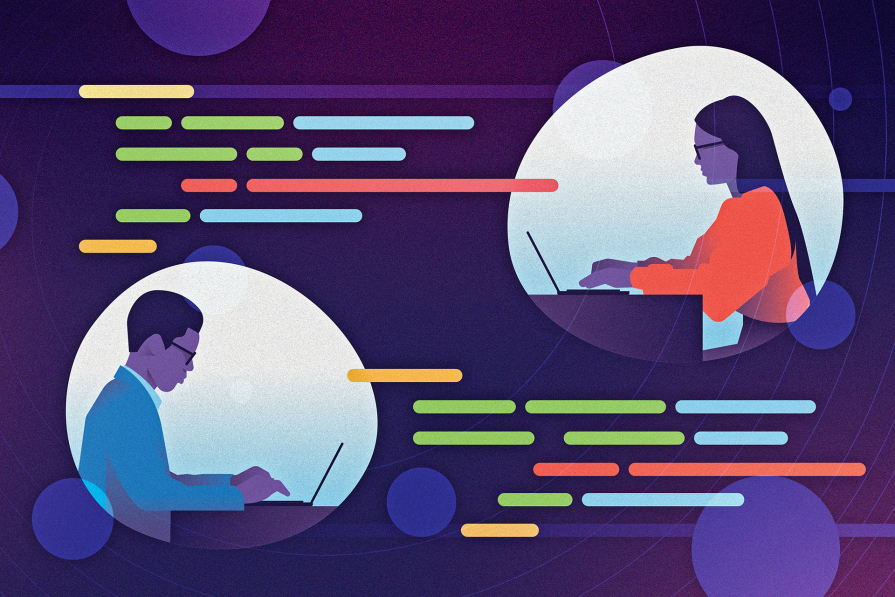Logrocket
1M
406

Image Credit: Logrocket
What is pair programming – and should you try it?
- Pair programming is a collaborative software development approach where two programmers work together on the same task, with one as the driver writing the code and the other as the navigator providing guidance.
- Shorter, time-boxed pair programming sessions often yield better results than long exhaustive ones, offering benefits like improved problem-solving, enhanced knowledge sharing, and cleaner code.
- Pair programming fosters collaboration and teamwork by bridging gaps in distributed teams, allowing comfortable knowledge sharing and task accomplishment.
- Creating a safe and comfortable environment is crucial for effective pair programming, where individuals feel heard, valued, and empowered to contribute.
- Mob programming, involving an entire team working together on a task, is a related approach that can be effective but might become unruly with larger teams.
- Pair programming sessions can help fill knowledge gaps, improve skills outside of individual expertise, and make tasks more enjoyable and effective for teams.
- Establishing clear roles, structuring sessions strategically, using appropriate tools, and maintaining a safe space are essential best practices for successful pair programming.
- Regularly changing roles during pair programming, monitoring team energy levels, and fostering a supportive environment are key to maximizing productivity and success.
- Pair programming not only enhances productivity and code quality but also makes work more enjoyable and helps teams grow and improve.
- Ultimately, trying out pair programming can lead to increased productivity, improved teamwork, and a more enjoyable work environment for development teams.
Read Full Article
24 Likes
For uninterrupted reading, download the app